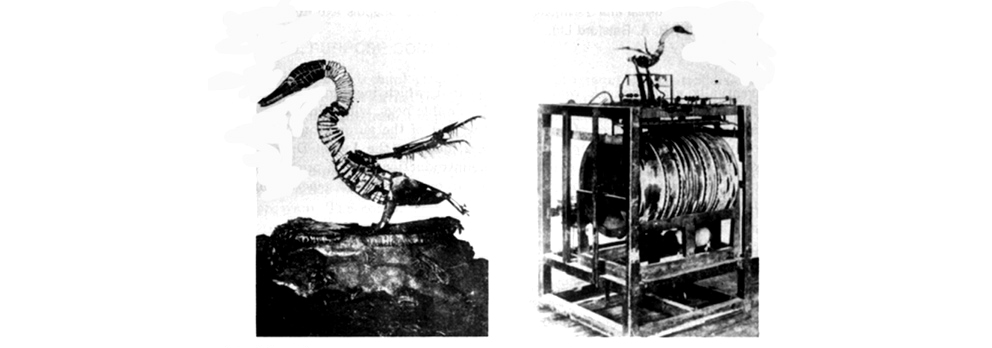"The question, at which point we draw the line between living and non-living is not a scientific question.The line between living and non-living at the beginning of evolution is arbitrary, just as the line between human and non-human primates at the end of evolution is arbitrary.The task of science is not to define the exact position of the line but to understand how it came to be crossed."
Read Moresimulation
art/science
The French zoosystéician Louis Bec argues that "With the advent of the sciences of the "artificial" and of communication, as well as the explosion of the technosciences and the sciences of the living a "lieu" (site or place) has emerged in which the total integration of arts, sciences, and technology can be achieved. There are now two different "epistemological poles" that encompass this integration. The first strives to link "poetic", "symbolic" descriptions of nature's mechanisms to scientific ones, producing " metaphorical expressions". (cf Gaia) The second involves activities ( cybernetics, artificial intelligence,...) which, among other ends, ultimately aim to simulate and act on the world, to better understand it by transforming it. (See Artificial Life II)
Read Moreautomaton

In Aristotle's sense of the term, automaton means sheer random happening, and tyche refers to some cause and effect sequence outside the usual pattern of development. In more current usage, an automaton would be a bit of machinery exhibiting somewhat complex behavior but completely lacking in awareness. An automaton is a "self-moving" machine, and the development of control mechanisms led to the possibility of programming automata.
Cellular Automata
Cellular Automata were invented by Stanislaw Ulam in the late 1940's and used by John von Neumann in his theoretical investigations of self- replication in machines. A cellular automaton is a lattice of finite automata that all obey transition functions defined by the local context of each cell at any given time.
Read Morecomputation
In the 1930's logicians and mathematicians like Turing, Church, Gödel, and Post contributed to the path-breaking exploration of the mechanical computational process. They became for computers what Watson and Crick would become for biotechnology. Subsequently philosophers like Hilary Putnam and Jerry Fodor developed what is now called the computational theory of the mind, in which information and computation reside in patterns of data and in relations of logic that are independent of the physical medium that carries them.
Read Morefetish
The three primary models of fetishism -- anthropological, Marxian, Freudian--all define the fetish as an object endowed with a special force or independent life. Marx called this transference, Freud called it overvaluation. In this sense the fetish is not a representation. It does not refer to something outside itself.
Deleuze and Guattari criticize psychology for not seeing the " becoming-animal, that is affect in itself, the drive in person, and represents nothing." They describe children as continually undergoing becomings of this kind, and find these "unnatural participations" in fetishism and particularly masochism. (1000 Plateaux, p. 259)
The power of the fetish can also be seen in the confusion of animate and inanimate of the Golem or cyborg.
simulacrum
In "The Structuralist Activity," of 1960, Roland Barthes defines structure as a simulacrum of the object in which something new occurs: the simulacrum is "intellect added to the object," making something appear which remained invisible, or if one prefers, unintelligible. For Barthes, "Structural man takes the real, decomposes it, then recomposes it."
Read Moresimulation
"Simulation of any system implies a mapping from observable aspects of the system to corresponding symbolic elements of the simulation." (H. H. Pattee, "Simulations, Realizations, and Theories of Life", in Artificial Life) For Pattee, realizations are functional replacements. They are judged primarily by how well they function as implementations of design specifications. (Thus a building would be the implementation of a blueprint)
Read MoreVirtual Reality
VR is a simulation of embodied presence, based on a feedback loop between the user's sensory system (see proprioceptive ) and the cyberspace domain, using real-time interactions between physical and virtual bodies. It relies on the assumption that the senses function as they always have, even in the face of perceptual inputs that have been drastically altered. Yet one of the principal "allures" of virtual reality is its promise to leave the body, on what Elizabeth Grosz calls "somatophobia."
Read More